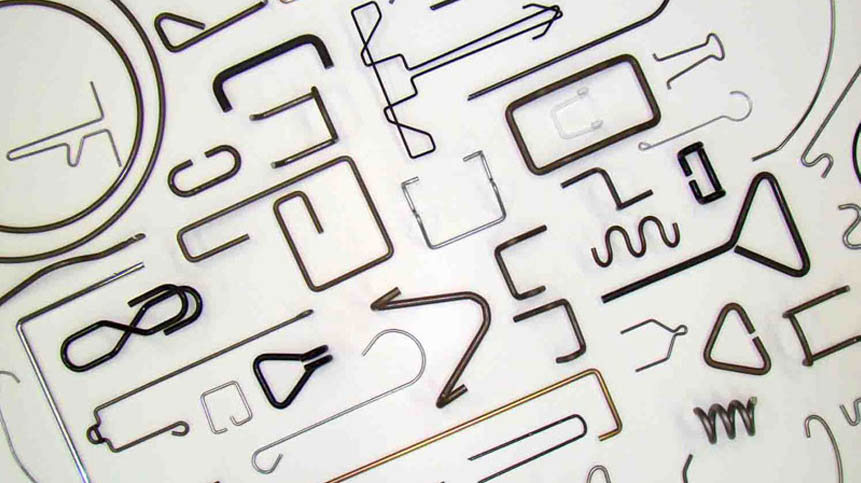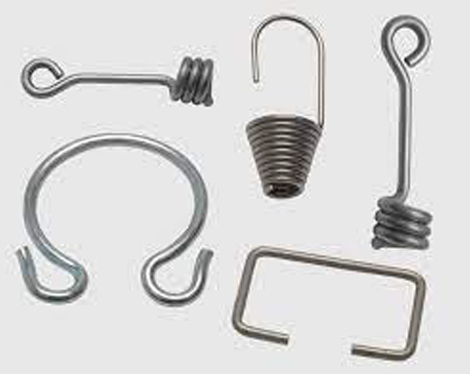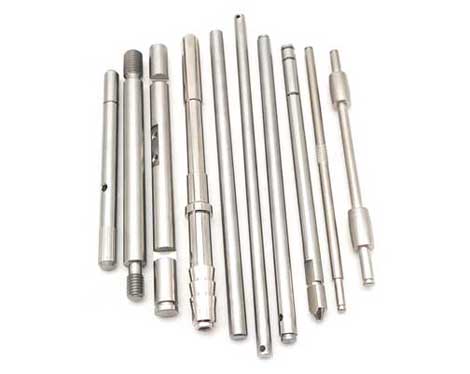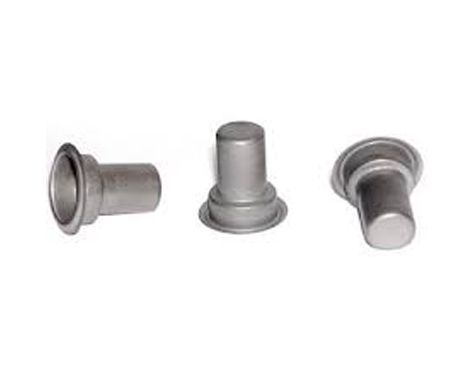Understanding the Torsion Spring
Torsion springs are mechanical devices that store and release rotational energy. The end of the torsion spring is connected to a mechanical component. When the spring rotates around its axis at one end, the coils of the spring are tightened and potential energy is stored. During the winding process, one end deviates from the central axis of the body, while the other end remains fixed. As the coils become tighter and resist more rotational force, the spring stores more potential energy. Once the torsion spring is released, it will loosen during elastic rebound and release the stored energy. An equal rotational force applied at the other end of the spring can apply torque to the connected mechanical component. The torsion spring statically fixes mechanical components in place.
The mechanics of torsion springs are based on their resistance to rotation or twist. The mechanical energy generated by the resistance is stored and exerts torque opposite to the twisting force, which is proportional to the twisting angle. Common types of torsion springs include helical, torsion bar, and spiral wound, all of which are made of metal wire, spring steel, or rubber.
When a spring is twisted to form a tighter coil, the bending stress that torsion springs bear is greater than the rotational stress. Compare with bulk compression springs and tension springs, linear force is not a part of torsion springs and they only involve rotational force.
The mechanical force of a torsion spring depends on the elasticity of their materials, which allows them to return to their original coil after twisting. Torsion springs can rotate and exert force in both clockwise and counterclockwise directions, and must rotate in the direction of the coil to produce the greatest force.
Torsion springs have a wide range of applications and are present in almost every industry.
Configuring the Torsion Spring
Create a torsion spring configuration to store and release energy or keep mechanisms in place by deviating from the body central line around an axis. When deviating in the correct direction, they decrease the diameter and increase the length of the main body. The winding direction of the torsion spring must match the application requirement. During assembly, the load-bearing leg must be positioned on the left or right side for proper location. Torsion springs are supported by a heart axis that matches the application hinge line.
The inside diameter of a torsion spring is the width of the coil helix measured perpendicular to the central line axis. This size determines the outer diameter of the shaft or heart axis that can be smoothly inserted into the spring. It is recommended to leave a 10% gap in the inside diameter to allow for free operation of the inserted component.
The outside diameter of a torsion spring is the width of the coil helix measured perpendicular to the central line axis. This size determines the diameter of the hole into which the spring is inserted and considers all clearances for free operation of the spring. The wire diameter refers to the diameter of the wire used to create the torsion spring. The average diameter is equal to the outside diameter minus the wire diameter used in stress and stiffness calculations of the spring.


 English
English 

